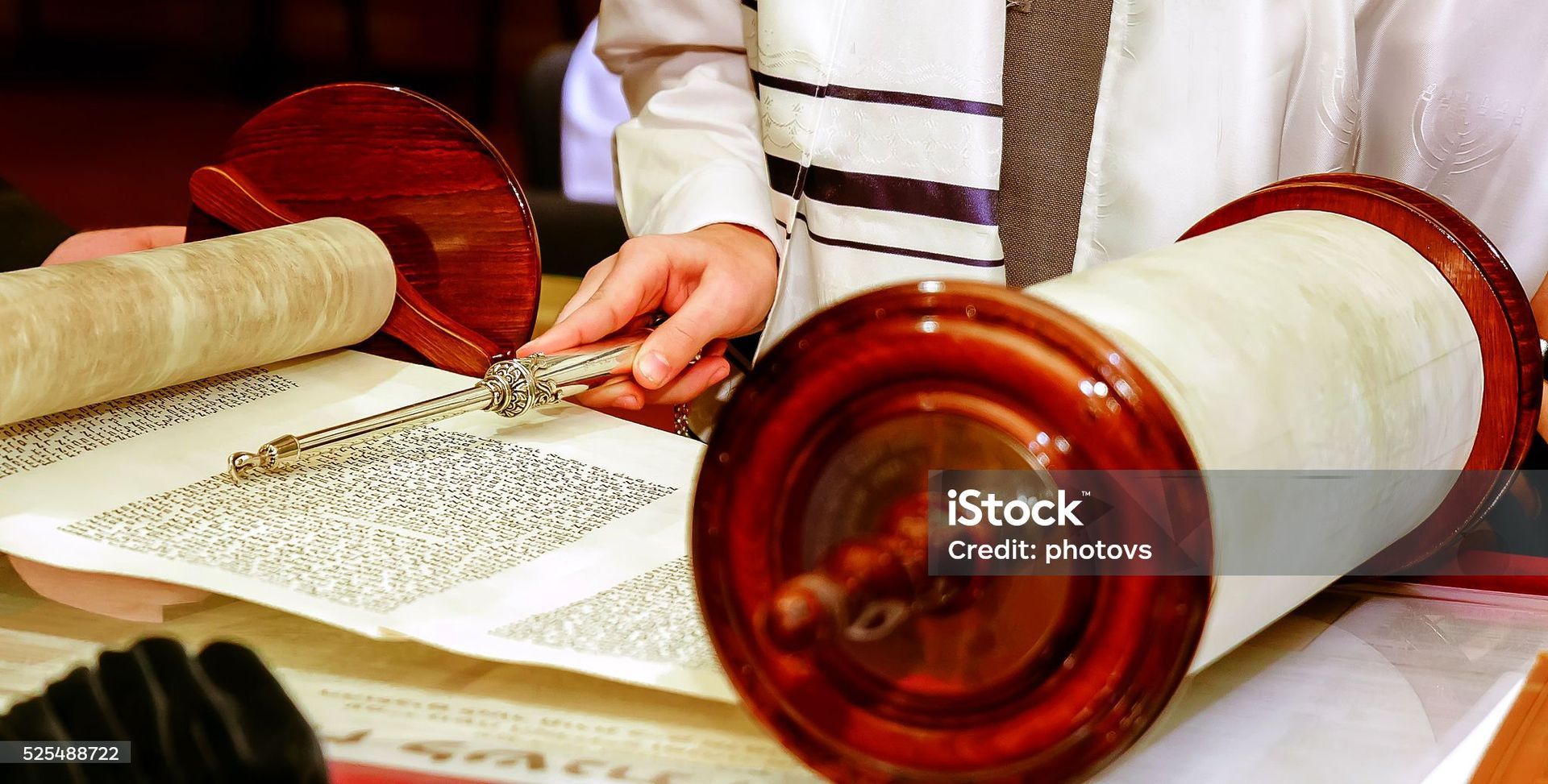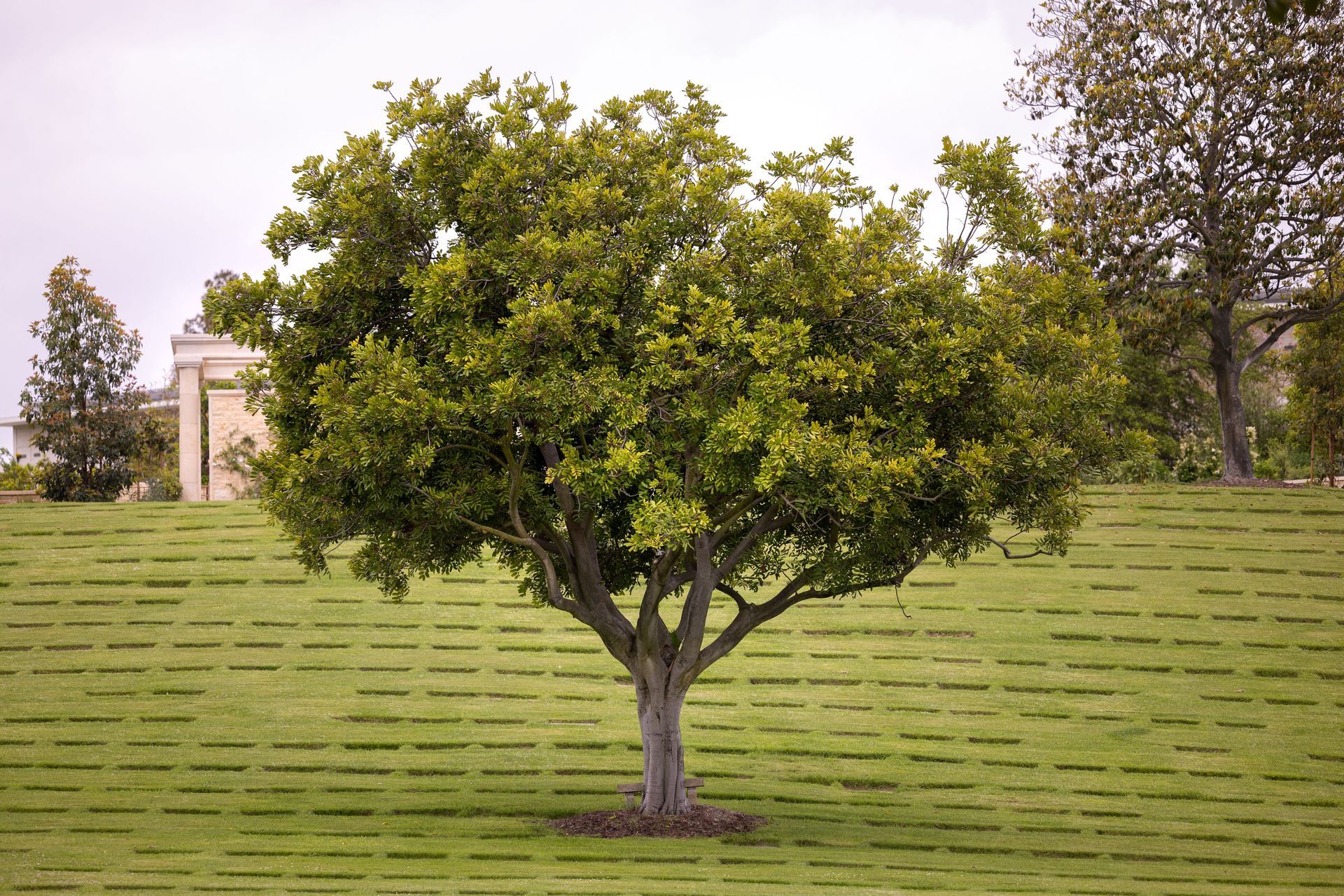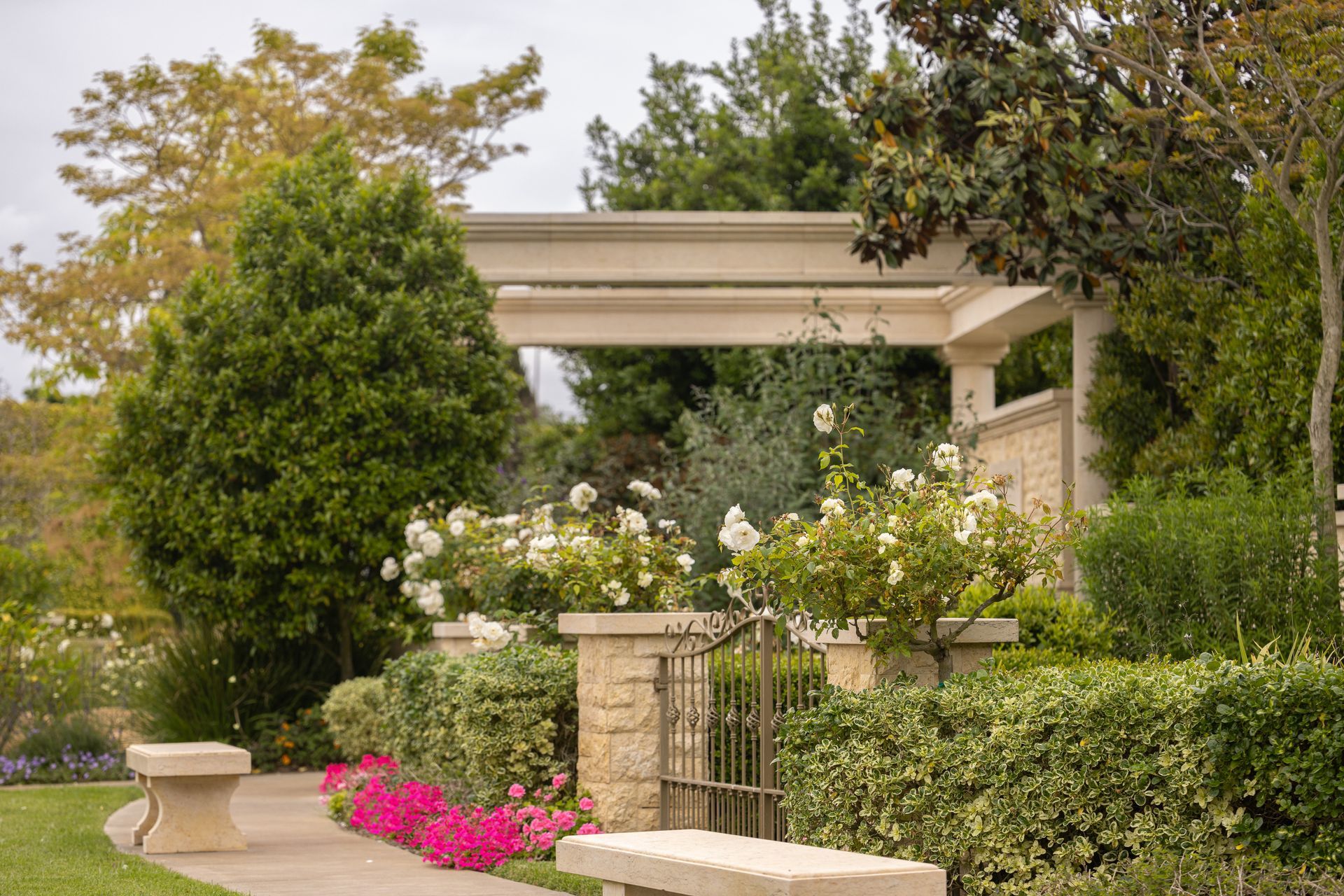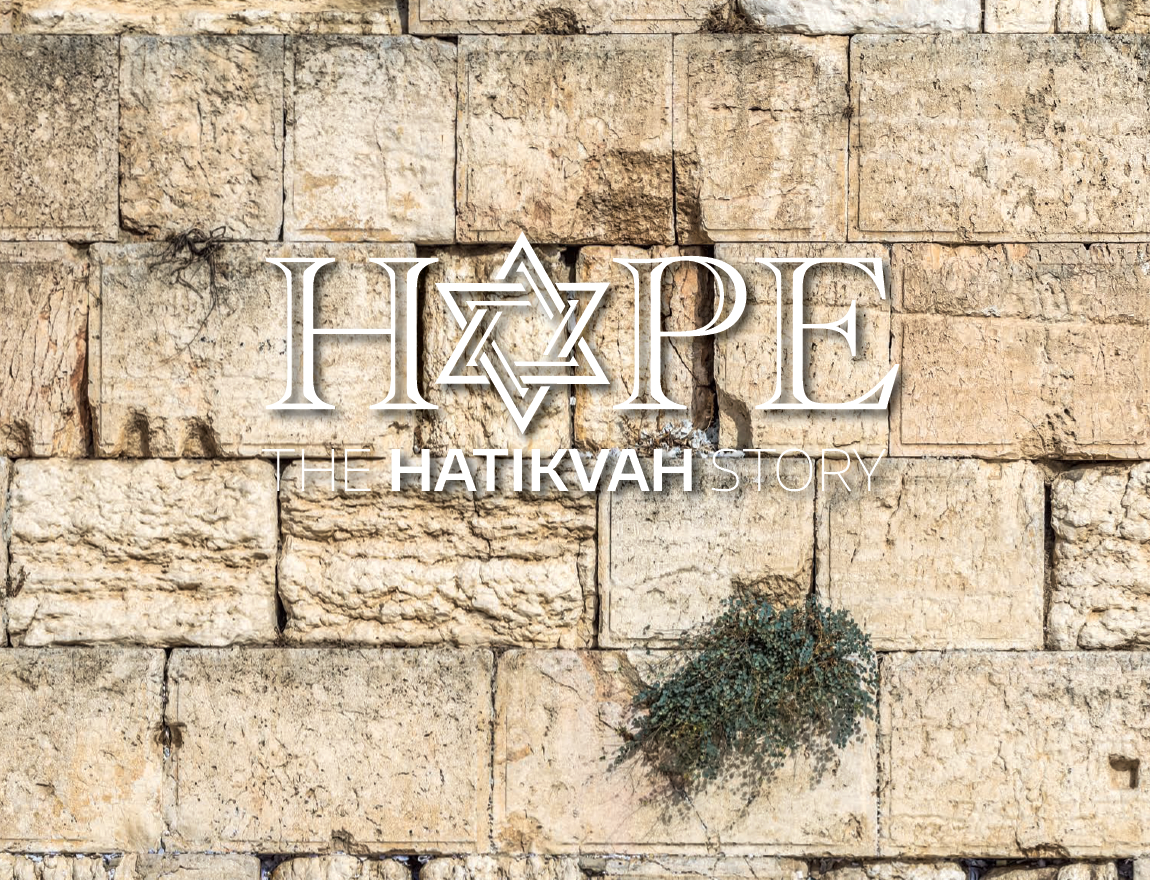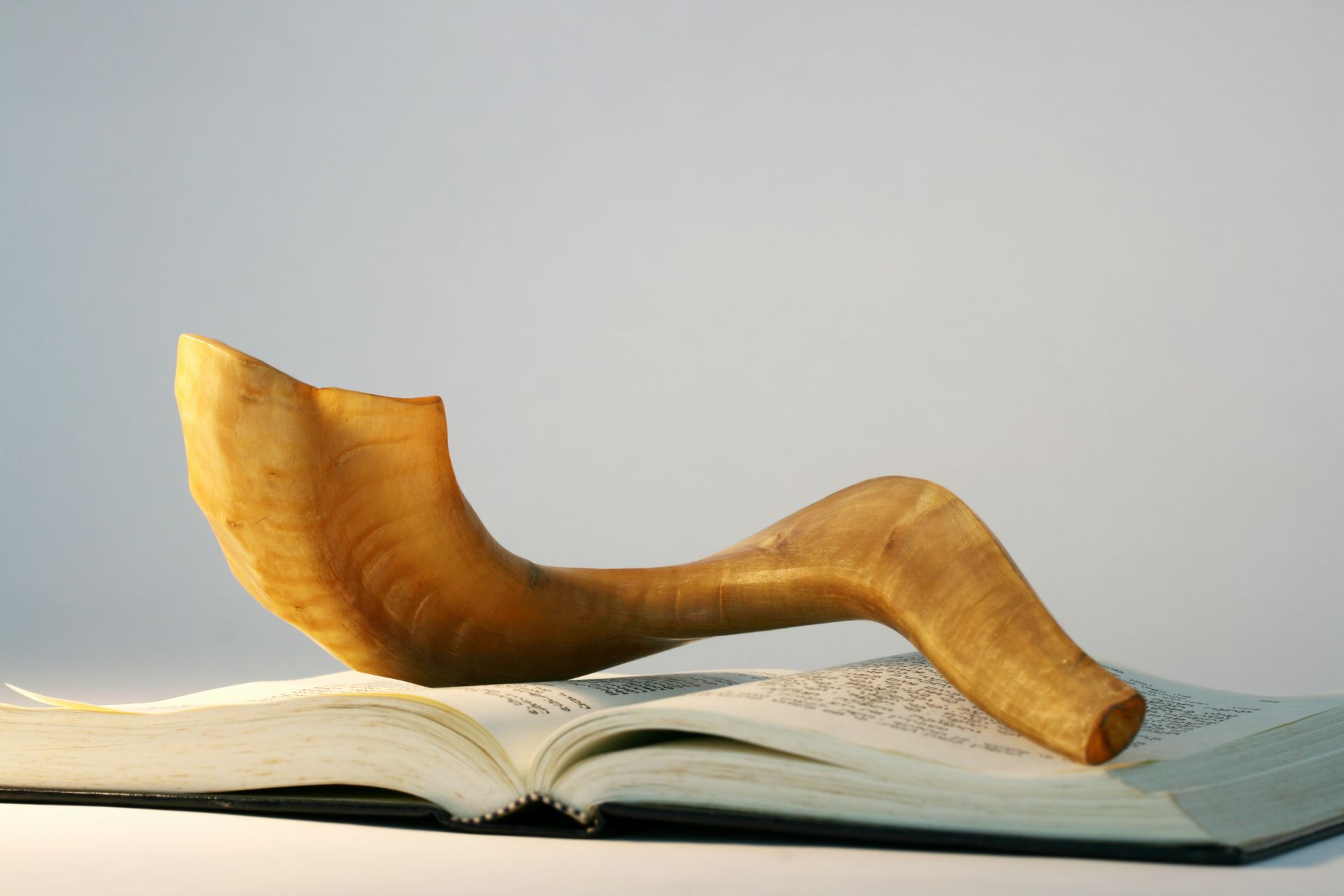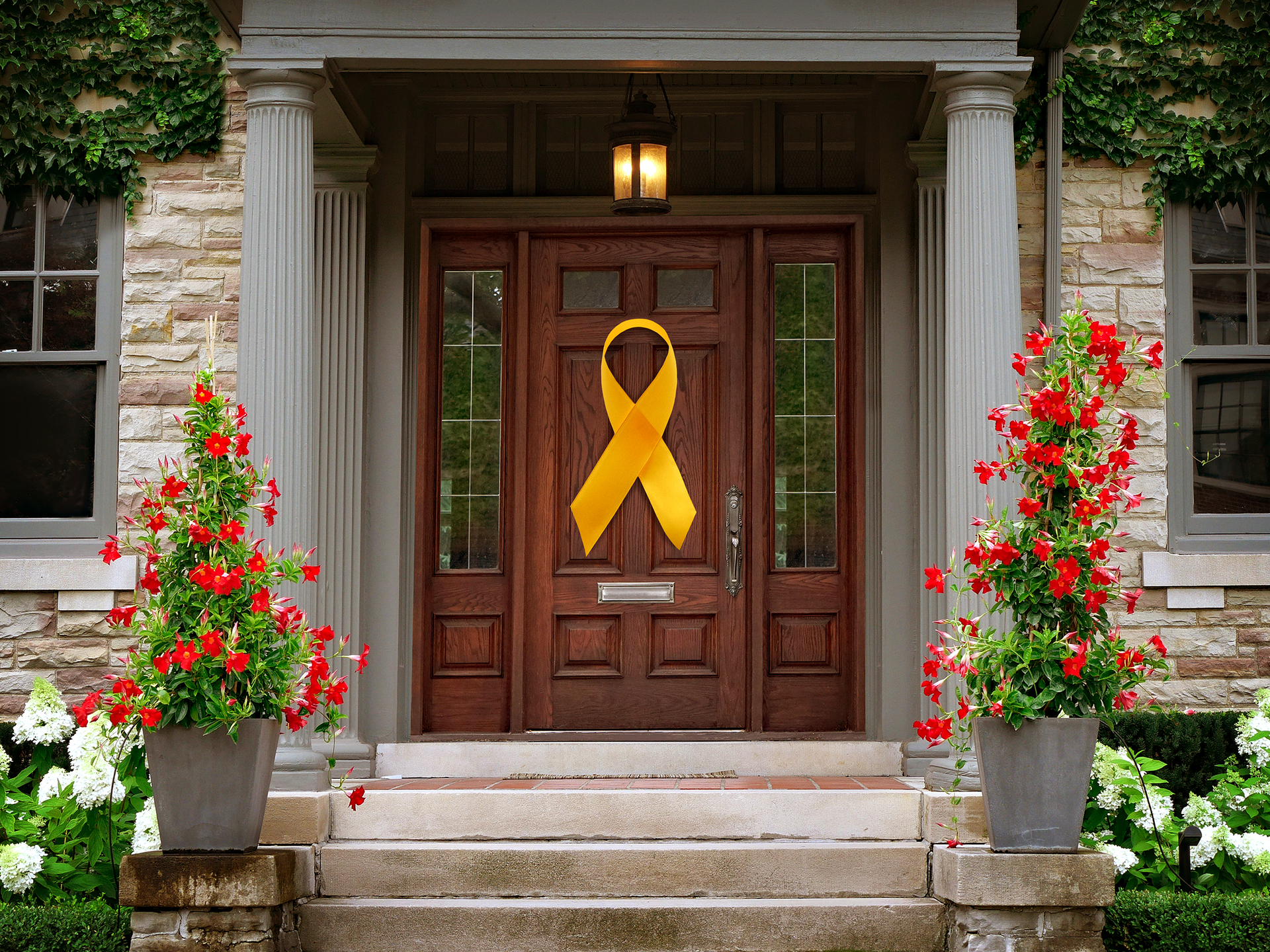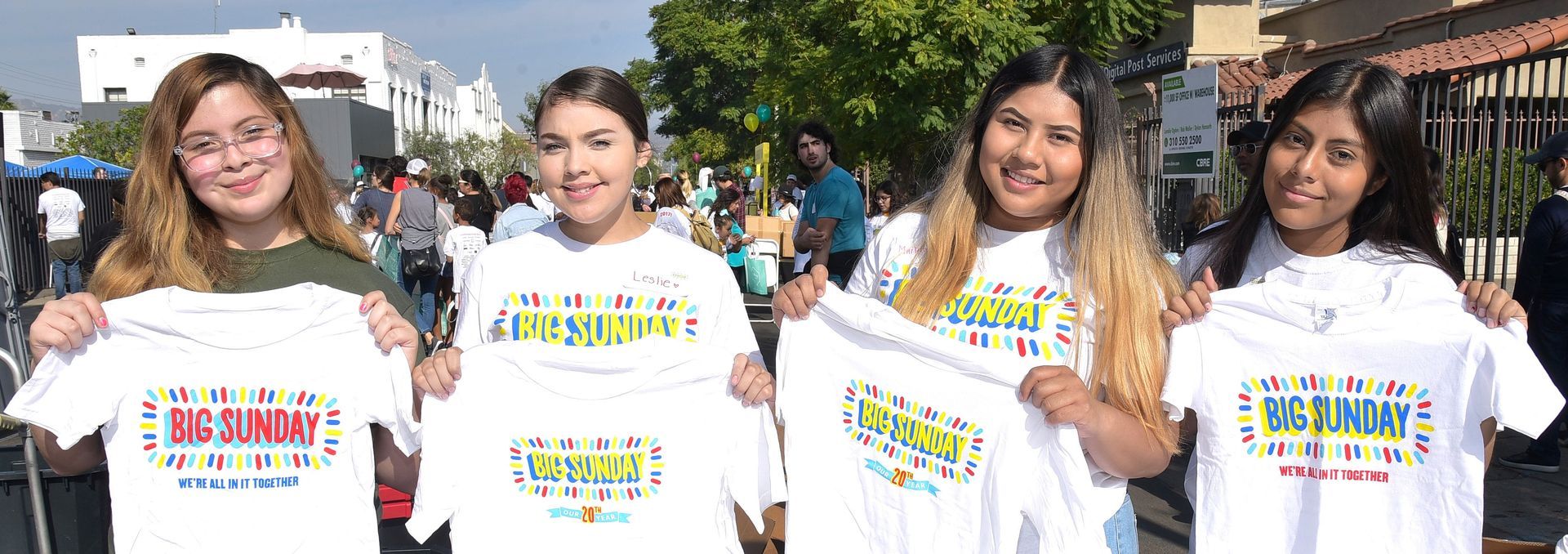Holiday Outings – Diane von Furstenberg: Woman Before Fashion
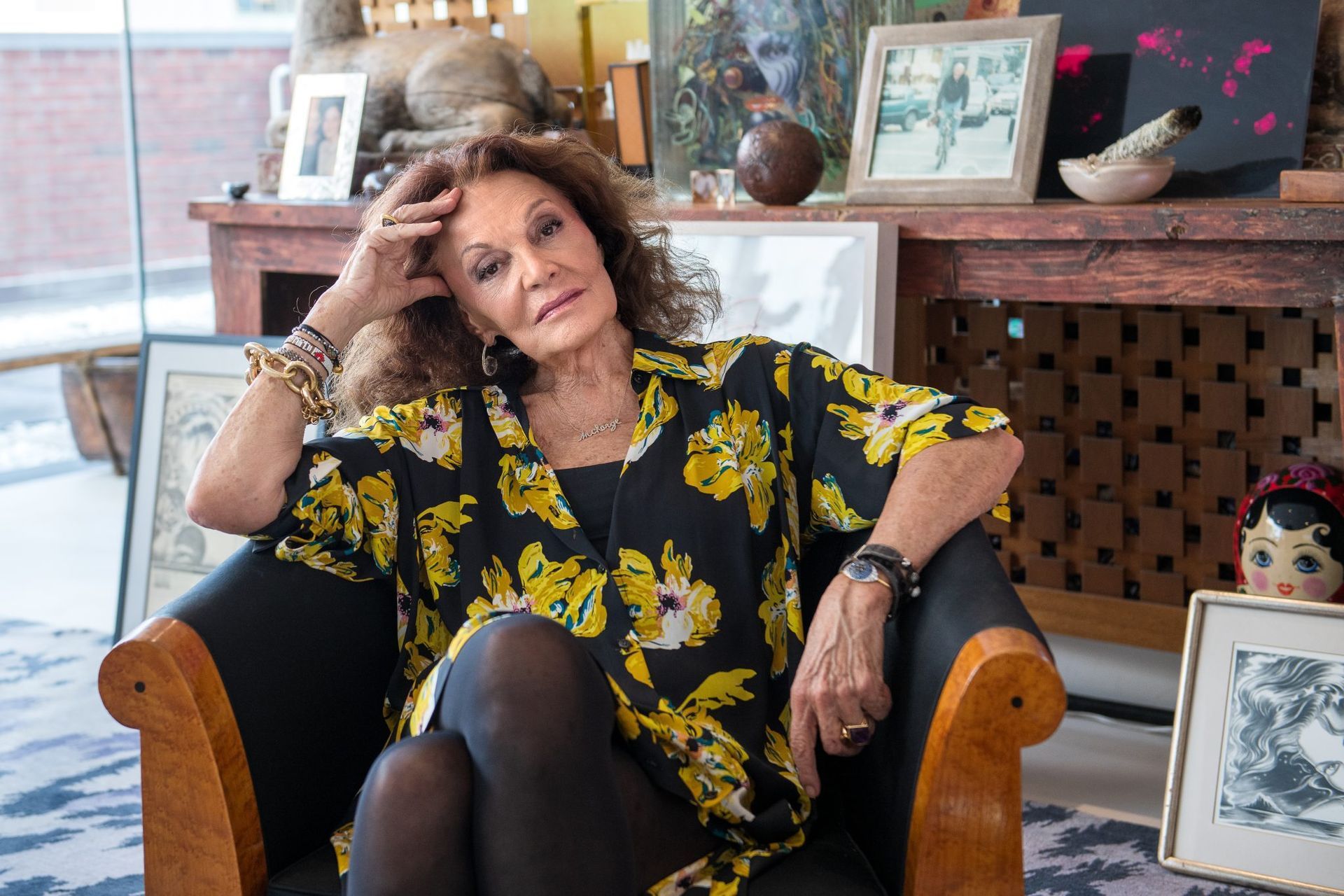
The Winter Holidays are a perfect time to enjoy the arts with loved ones. Hillside Memorial Park and Mortuary is proud to sponsor a special exhibition at the Skirball Cultural center: Diane von Furstenberg: Woman Before Fashion. Read our interview with The Skirball Cultural Center’s Vice President of Communications and Marketing, Jered Gold, for an introduction to the exhibit, then plan your visit on their site today to experience it for yourself. Plan Your Visit Today
Hillside Memorial Park and Mortuary: How did the exhibit come about? How does it fit into Skirball’s mission?
Jered Gold: The museum department at the Skirball oversees exhibitions and learned about the exhibit when it first debuted at the Fashion and Lace Museum in Brussels. They reached out to the original curator and discussed bringing it to the Skirball. During their due diligence process, Diane visited the Skirball, understood its mission, and approved the collaboration.
The Skirball Cultural Center is founded on Jewish values but aims to be a place for everyone. Our exhibitions often explore Jewish identity while emphasizing themes like pluralism and civil rights.
Diane is the daughter of a Holocaust survivor. Highlighting her Jewish identity was personally significant and aligns with our mission. The Jewish story is fundamentally one of immigrants, and Diane von Fürstenberg’s story is no different. By showcasing her work, we connect with people who may not share a Jewish background but can relate to her immigrant experience. Diane is also a self-made woman, which resonates broadly with everyone.
HMPM: How is the exhibit organized? What kind of story will visitors discover?
JG: The exhibition is organized into four main sections. It begins with the wrap dress, which Diane didn’t invent but reinvented into a fashion icon. This section highlights the wrap dress’s significance in fashion history, particularly how it gave women new forms of freedom and self-expression.
The next section explores Diane’s broader contributions to fashion, focusing on her inspirations, especially her love of nature and patterns.
The exhibit also delves into her career and entrepreneurship, showcasing how she built her company from the ground up during an era when women entrepreneurs were rare, making her accomplishments extraordinary.
It concludes with her philanthropy, highlighting her commitment to empowering other women and supporting their work through initiatives like the DVF Awards.
HMPM: Why was the wrap dress so revolutionary?
JG: The wrap dress put Diane on the map in the early 1970s, a time when women were just beginning to gain recognition in the workplace. Women often emulated men’s fashion with pantsuits to fit into professional spaces. Diane’s wrap dress offered an alternative. The dress transitioned seamlessly from day to evening wear, helping women feel confident and stylish in both settings — empowering them to embrace their femininity and live a fuller, authentic life.
HMPM: Can you share, in a sentence, what DVF’s lasting impact is? On fashion? On feminism?
On philanthropy?
JG: When it comes to fashion, Diane paved the way for women to lead fashion houses, becoming one of the first prominent female entrepreneurs in the industry. Through the wrap dress and her designs, she empowered women to be both feminine and powerful, a legacy that continues to resonate today. Her foundation gives back in meaningful ways, from the DVF Awards to projects like funding the Statue of Liberty Museum and spearheading the High Line in New York City.
HMPM: Her mother Lily fought the Nazis as a partisan and was a Holocaust survivor. Can you talk about her influence on Diane’s life philosophy?
JG: Diane has visited the Skirball several times, hosting events and participating in panels. During these occasions, she often speaks about her mother, Lily, who was a Holocaust survivor. Diane has shared that her mother was advised to wait before having children after her liberation from the camps, but Diane was born just months later. Her mother referred to her as her “torch of freedom,” and this identity continues to shape Diane’s worldview. Her mother’s resilience fueled Diane’s ambition to create her business and become the person she is today.
HMPM: What was your impression of Diane when you met her?
JG: Diane is the very definition of iconic. She carries herself with an effortless grace, and there’s a quiet strength about her that’s truly remarkable. The way she engages with others is unlike anything I’ve ever seen—she is both relaxed and commanding and manages to wo
HMPM: Has she talked about her Jewish heritage and its impact on her life?
JG: Diane is proud of her Jewish heritage, but she doesn’t think of herself only as a Jewish designer. She didn’t want the exhibit to only define her that way. She wanted it tell the story of “Diane von Fürstenberg: Woman Before Fashion.” At the Skirball, our mission is to connect people through shared experiences. At the same time, the story of Jewish American life and the Jewish diaspora is one of immigration. So if visitors relate Diane’s story to the Jewish-American experience through her experience as an American immigrant, then we’ve succeeded in creating connection.
What role did the donors play in this exhibit?
JG: Donors make it possible to bring Diane’s story to life. Their generosity supports not only this exhibit but also the accompanying programs, documentaries, and public events we host for visitors.
Hillside has been a long-time sponsor of the Skirball. In addition to supporting the DVF exhibit, they’ve sponsored many others. We’ve worked with Hillside for many years and we look forward to working together on more exciting projects in the future.
Discover the remarkable story of Diane von Fürstenberg and her iconic contributions to fashion, feminism, and philanthropy—plan your visit today and experience the exhibit at the Skirball for yourself. Plan Your Visit Today

